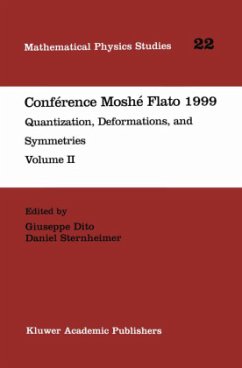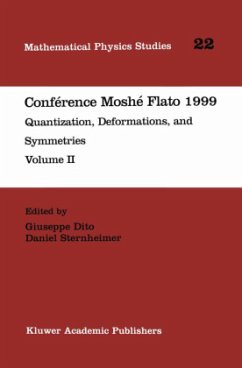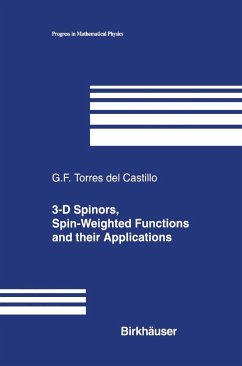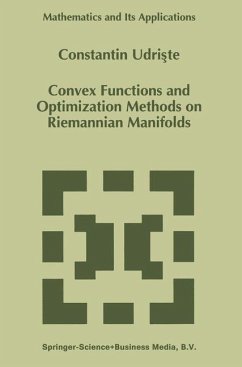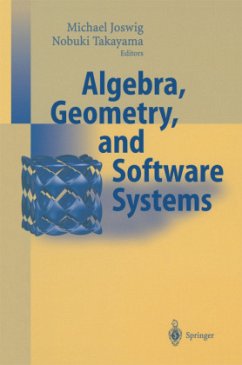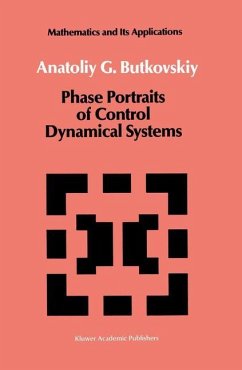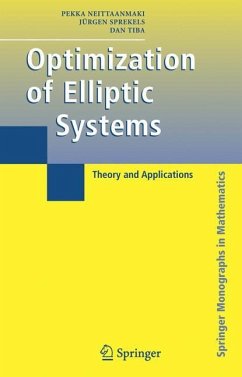
Normal Forms and Unfoldings for Local Dynamical Systems
Versandkostenfrei!
Versandfertig in 1-2 Wochen
38,99 €
inkl. MwSt.

PAYBACK Punkte
19 °P sammeln!
This is the most thorough treatment of normal forms currently existing in book form. There is a substantial gap between elementary treatments in textbooks and advanced research papers on normal forms. This book develops all the necessary theory 'from scratch' in just the form that is needed for the application to normal forms, with as little unnecessary terminology as possible.
The subject of local dynamical systems is concerned with the following two questions: 1. Given an n×n matrix A, describe the behavior, in a neighborhood of the origin, of the solutions of all systems of di?erential equations having a rest point at the origin with linear part Ax, that is, all systems of the form x ? = Ax+··· , n where x? R and the dots denote terms of quadratic and higher order. 2. Describethebehavior(neartheorigin)ofallsystemsclosetoasystem of the type just described. To answer these questions, the following steps are employed: 1. A normal form is obtained for the general system with linear part Ax. The normal form is intended to be the simplest form into which any system of the intended type can be transformed by changing the coordinates in a prescribed manner. 2. An unfolding of the normal form is obtained. This is intended to be the simplest form into which all systems close to the original s- tem can be transformed. It will contain parameters, called unfolding parameters, that are not present in the normal form found in step 1. vi Preface 3. The normal form, or its unfolding, is truncated at some degree k, and the behavior of the truncated system is studied.







